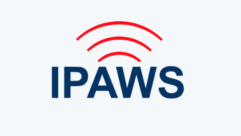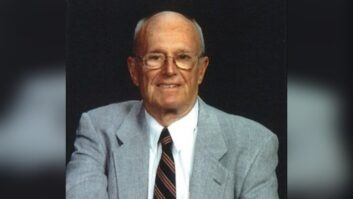Remote broadcasts from fun tourist destinations are now cheaper and easier to achieve than ever. Plus, when executed with proper planning, these trips can generate revenue for stations seeking to make money beyond spot advertising.
For a great example, look no further than “Elvis Duran’s Dysfunctional Family Vacation.” Z100’s legendary morning man is doing his fourth annual broadcast and trip — this time, live from Miami. Elvis fans can win a vacation, buy a trip, or at least listen to Z100 while the event is happening. Take a peek at the pics and videos on their website of past trips, and you’ll see why you should explore this idea further!

There’s a lot to love about these excursions, but they do take time to put together and find sponsors. It’s also very important to work out story lines that will be interesting for an audience to hear during the broadcast from the trip.
For those not acquainted with this old-school radio promotion, it basically involves either approaching — or being approached by — a destination or airline that wants a ton of promotion about their location or new flights.
Most remote travel broadcasts are planned by stations. This can start with a concept from one of your drive time shows, either morning or afternoon drive personalities picturing how they could do an engaging live show from a specific distant location.
The next step varies quite a bit. Sometimes it involves getting in touch with a specific resort or hotel with a pitch on why they should be interested. Maybe the station is asking for sponsorship dollars, but it’s more typical that the station is simply asking for a certain number of complementary rooms, meals and space necessary to do a live broadcast.
There may be some money you can make together in selling trip packages via your radio station, website and social media. In other words, the station receives a cut on each trip sold.
OTHER BEST PRACTICES
One thing I highly recommend is for stations to make it clear to destination partners that they intend to keep any associated sponsorship revenue, unless the destination brings sponsors to the table. Title sponsors would typically receive mentions in a specific number of promotional announcements, plus hourly plugs during the broadcast. It’s also fairly common to include a trip for the sponsors to give away or to use for themselves to come along.
Giving away a few free trips to listeners is a must. The contest showcases how valuable the prize is and presents the station with many more opportunities to plug the entire enterprise. Don’t cheap out giving away trips for one. Every trip needs to be — at minimum — for a couple. (Unless, of course, this is a singles-specific promotion.)
The content of the broadcast needs a pre-planned story arc, an hourly outline and some pre-recorded pieces, so you’re not entirely relying on something magical to happen by chance. This probably means sending a producer to the location to record audio with locals a day or two in advance — or at least getting some phone interviews pre-recorded that match the story line you’re creating.
If the broadcast is multiple days, you should cut promos wrapping up that day’s trip and promoting what’s going to be happening the next day on-air. If the destination is game, it’s also cool to give away one more special trip to people listening back home.
PROBLEMS TO AVOID
Here are a few common pitfalls that I have witnessed firsthand.
You do not want your talent complaining about jet lag, lack of sleep or how hard they are “working” during these live broadcasts.
Be sure to have a bad-weather plan. You don’t want to get stuck broadcasting poolside or on a beach in a thunderstorm.
And you will most definitely need liability insurance and information with you on how to reach your insurer in the event of accidents or other bad incidents.
INTERNATIONAL REMOTES
If you’re broadcasting from another country, it’s fun to involve a radio station in that country. Their personalities can be very useful in adding color on-air and if you get along with each other, they may even tag along, showing you special places to go.
If you have a technical emergency, having a local station can also be very useful.
And there’s no question that this can work domestically, as well.
How long does a live destination broadcast take to plan and sell? I’ve seen it done in two months. Having three or four months is certainly better and less stressful.
Finally, there’s something interesting that happens during the promotion phase that will tell if you’ve got a hit on your hands. The first is obvious: If you start to sell a lot packages, you know all is cool.
Another clue foreshadowing success is that people you work with and others you know will start asking you if they can come along!
The author is president of Lapidus Media. He can be reached at [email protected].












